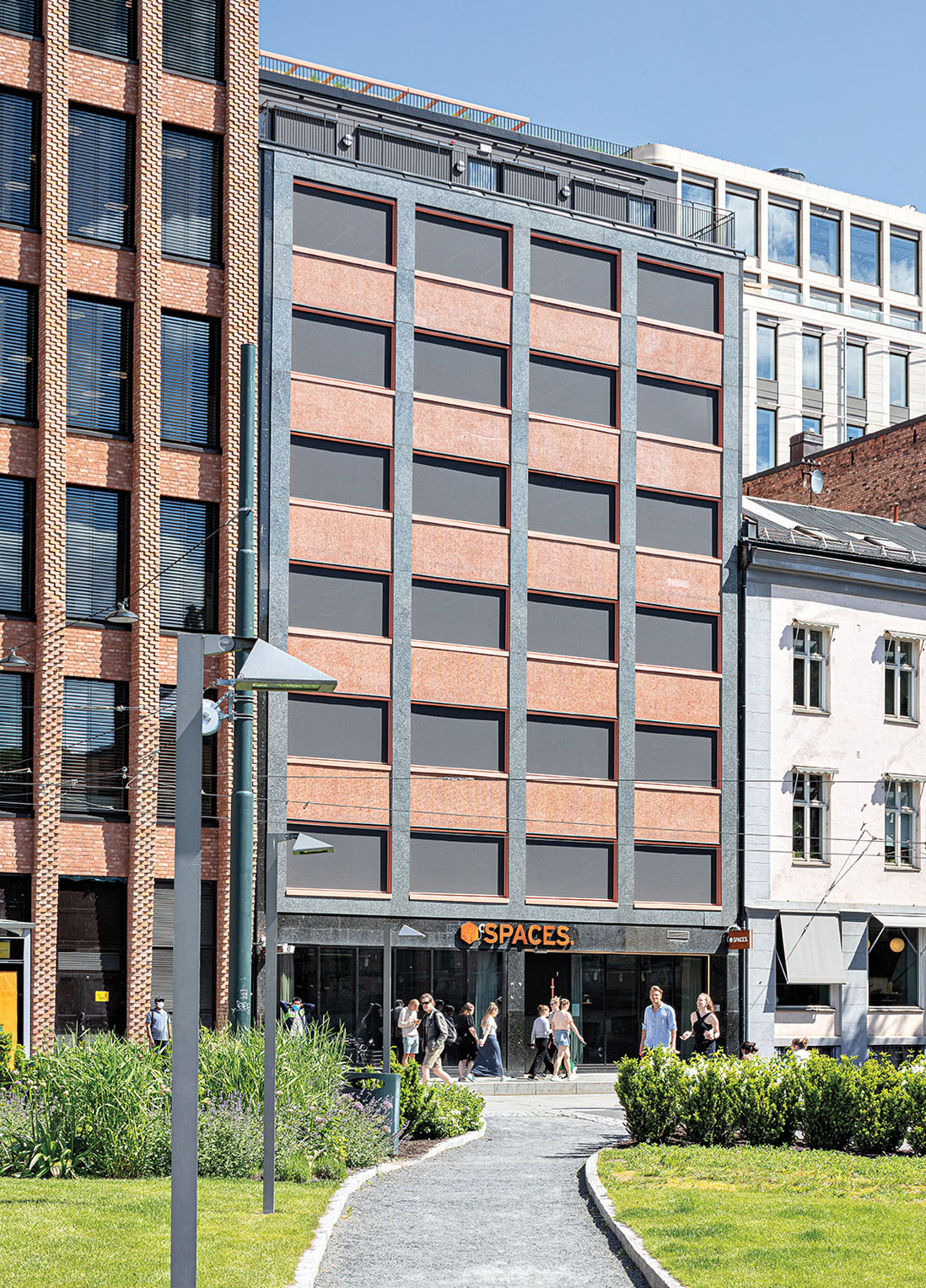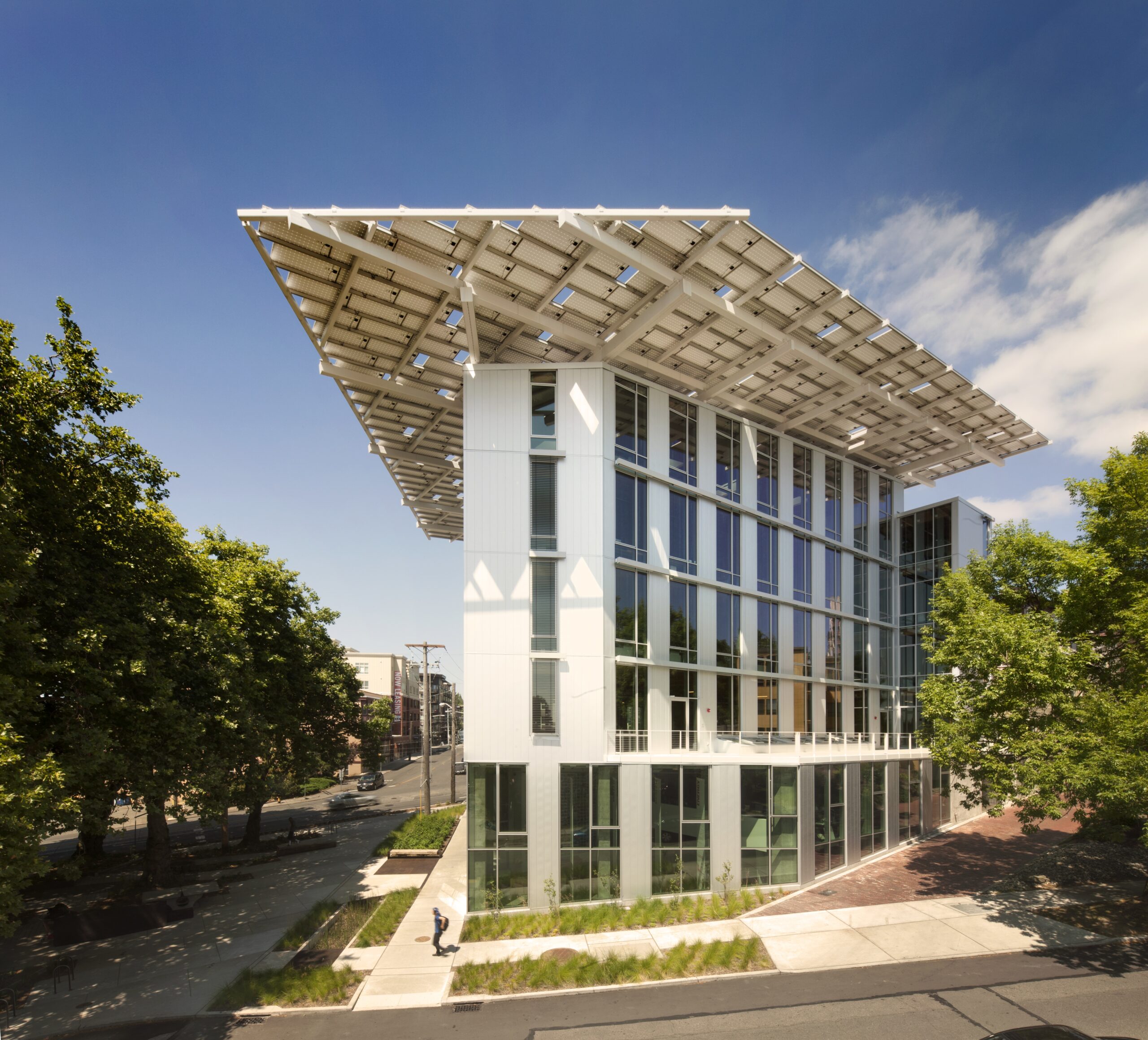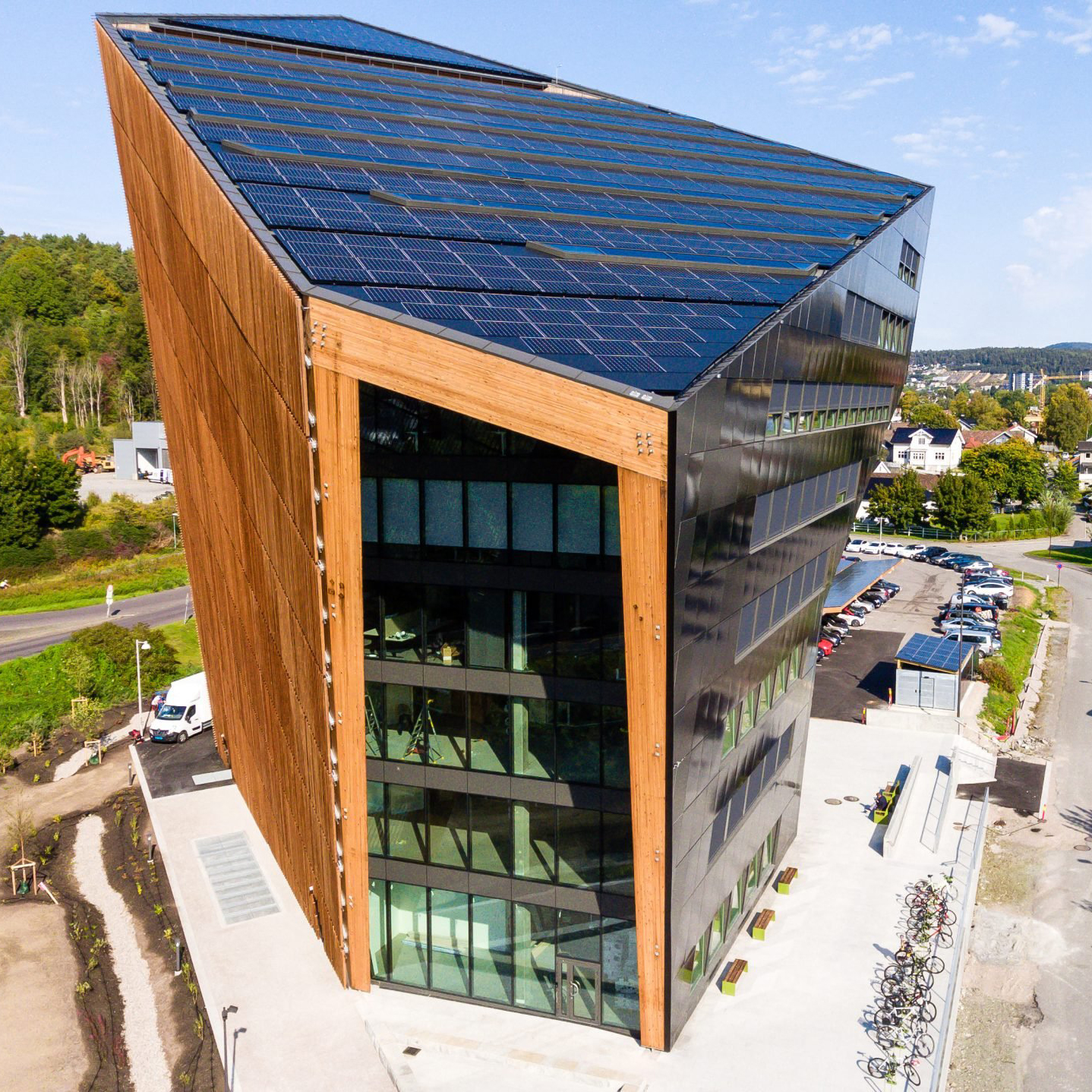As the world grapples with the challenges of climate change, researchers and innovators are on a mission to revolutionize the way we produce and consume energy. This journey toward sustainability takes us from repurposed swimming pool fences to cutting-edge artificial photosynthesis, revealing a wave of innovative solutions that could reshape our energy landscape.
Reimagining Spaces for Sustainability
Nestled in the pulsating heart of Oslo, a repurposed swimming complex stands as a beacon of green innovation. This unique structure, born from the imaginative minds of progressive architects, serves as more than just an embodiment of environmental friendliness. It is a living, breathing testament to the transformative power of creative repurposing, or "upcycling."
Originally conceived as a pilot project, this innovative structure has since become a bustling hub of green industry. It has magnetically attracted a wide array of startups and tenants, all motivated by a shared dedication to its sustainable ethos. This once ordinary swimming pool has morphed into a thriving nucleus of sustainable business, symbolizing a new dawn for environmentally conscious architectural design.
The architects behind this eco-conscious marvel have wholeheartedly embraced the concept of upcycling, from the utilization of reflector panels to the ingenious transformation of swimming pool fences, they have reinforced the notion that one man’s trash is another man’s treasure.

The “upcycled” Spaces center in Oslo (photography by Kyrre Sundal)
The objective of this architectural achievement was crystal clear: to demonstrate that buildings, often seen as contributors to environmental decay, can instead become an integral part of the solution. Given the stark reality that buildings account for a striking 40% of global carbon emissions, the potential for them to become a significant ally in the fight against climate change is enormous.

Bullitt Center
The objective of this architectural achievement was crystal clear: to demonstrate that buildings, often seen as contributors to environmental decay, can instead become an integral part of the solution. Given the stark reality that buildings account for a striking 40% of global carbon emissions, the potential for them to become a significant ally in the fight against climate change is enormous.
Take, for instance, the Bullitt Center in Seattle, widely regarded as the most energy-efficient commercial building in the world. This six-story structure generates all its energy through extensive solar paneling and features a rainwater-to-potable-water system, demonstrating that buildings can indeed be self-sustaining and carbon neutral.
Powering the Future with Renewable Energy
In Norway, a groundbreaking office building named Powerhouse is making waves in sustainable energy. Covered with strategically angled solar panels, Powerhouse produces an annual surplus of 500,000 kWh of electricity, more than double its consumption. This surplus is channeled into a local microgrid, powering nearby buildings, electric buses, and cars.
Sonia Hun's vision for Powerhouse is pioneering, showcasing the potential of sustainable construction. Oslo, like the rest of Norway, is committed to being carbon neutral by 2030, challenging industries to embrace emission-cutting technologies. The transition to a carbon-neutral economy opens doors for diverse industries.

PowerHouse, famous by its solar pales and unusual shape
Hydrogen - The Key to Energy Storage and Beyond

The Hive (Learning Hub) in Singapore
As renewable energy sources flourish, the need for efficient energy storage becomes paramount. Professor Mav Vinason, at Nanyang Technological University in Singapore, focuses on recycling lithium-ion batteries and e-waste. The goal is to shift towards circularity, where batteries and e-waste are recycled and reintegrated into the production cycle. In Singapore, The Learning Hub is a testament to sustainable architecture, naturally ventilated to save energy in the tropical climate. Professor Vinason's research delves into innovative methods, like using orange peels and bacterial cultures, to extract elements from shredded batteries.
The sustainable finance market has shown substantial expansion in recent years. In 2023, the market size is expected to reach USD 5.07 trillion, demonstrating a notable increase from the 2022 figure of USD 4.24 trillion. To put these numbers into perspective, the market has evolved by nearly USD 832.97 billion in just one year.
This trajectory suggests a burgeoning interest and commitment to sustainable investing, making it a compelling avenue for investors looking to align their portfolios with global trends while contributing to a greener and more sustainable future.
Beyond batteries, hydrogen emerges as a game-changer in energy storage. Seaman Energy in Berlin explores hydrogen production through electrolysis, utilizing renewable energy. Hydrogen's modular nature allows for scalability, catering to both small industrial sites and large utility-scale applications. Hydrogen's potential doesn't stop at storage; it could be refined with CO2 into synthetic fuels. These fuels, known as E-fuels, offer a bridge between renewable energy and existing infrastructures. The possibilities extend to producing cleaner cooking fuels in areas with limited access to electricity, providing a sustainable alternative to traditional fuels.
Part 4: Artificial Photosynthesis - Nature's Blueprint for Clean Energy
Drawing inspiration from nature's ingenious process of photosynthesis, scientists are delving deeper into the realm of artificial photosynthesis as a potential method for directly transforming sunlight into usable fuels. Among these pioneers is Professor Harry Atwater at the California Institute of Technology, who is recognized as a trailblazer in this innovative field. He and his team have fabricated "artificial leaves" composed of complex semiconductors that simulate the natural process, converting water into hydrogen and oxygen with an impressive degree of efficiency.
This pioneering approach, which currently boasts an efficiency rate of 19.3%, holds the potential to dramatically transform the production of hydrogen on an industrial scale. A similar project is underway at the University of Rochester, where researchers are leveraging bacteria and nanomaterials to mimic photosynthesis and produce clean-burning hydrogen fuel. Their "living bio-nano system" has received a $2 million grant from the US Department of Energy, signifying the potential magnitude of this project.

Such advances in artificial photosynthesis are bringing us nearer to the once elusive dream of producing hydrogen and oxygen from sunlight and water - essentially harnessing an abundant source of free energy. The realization of this dream is no longer a distant reality, but an impending scientific breakthrough that is closer than we think. It's a significant stride towards adopting more sustainable and eco-friendly energy solutions, demonstrating that the secrets to our energy future may indeed lie in the systems of our natural past.
Conclusion: Toward a Sustainable Tomorrow
The journey toward a sustainable energy future is marked by innovation, collaboration, and a commitment to circular practices. From repurposed buildings in Oslo to artificial leaves in California, the global community is coming together to tackle the climate crisis head-on.
Scaling these solutions, integrating them into everyday life, and fostering global collaboration are the next steps. As we navigate this critical juncture, the hope is that these innovations will not only transform our energy systems but also contribute to a prosperous and sustainable tomorrow. After all, we're not just inheriting this planet; we're borrowing it from future generations.